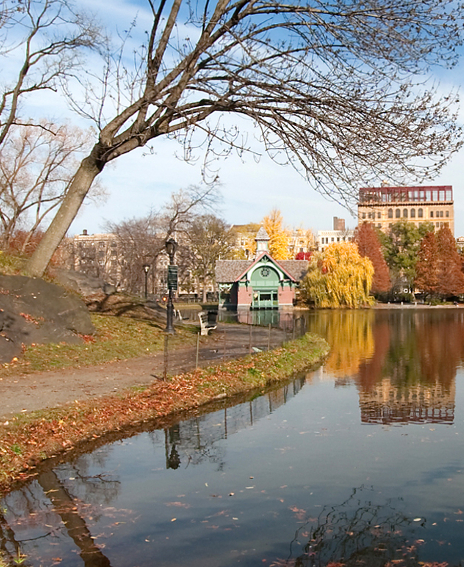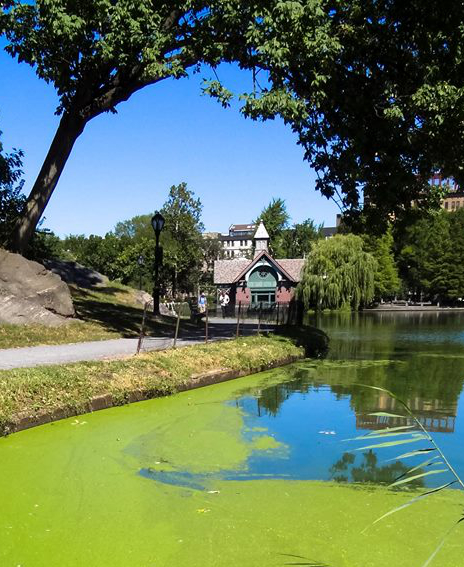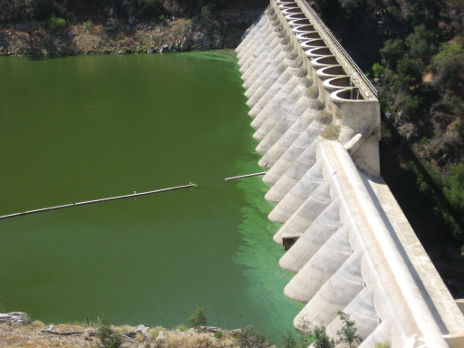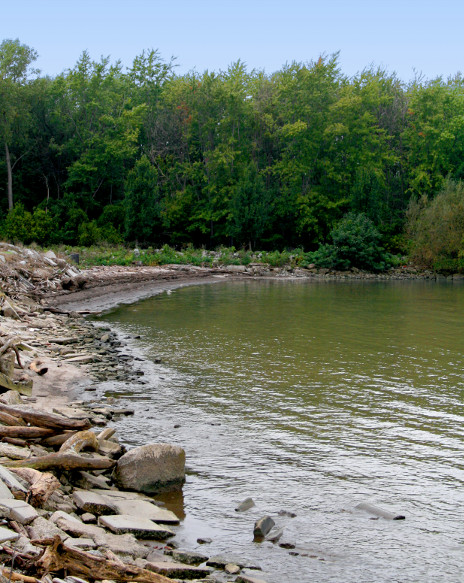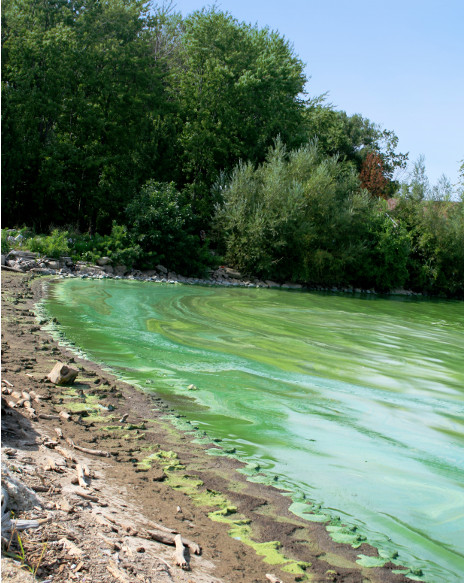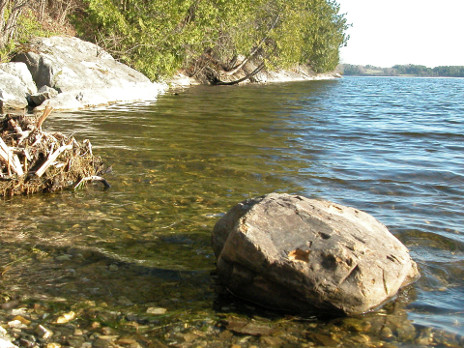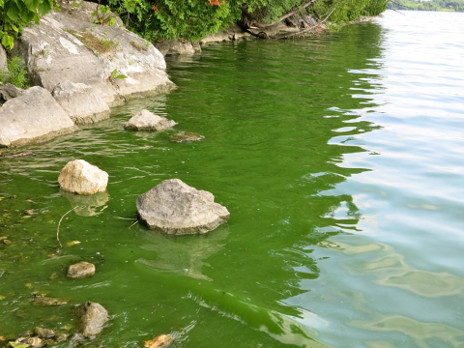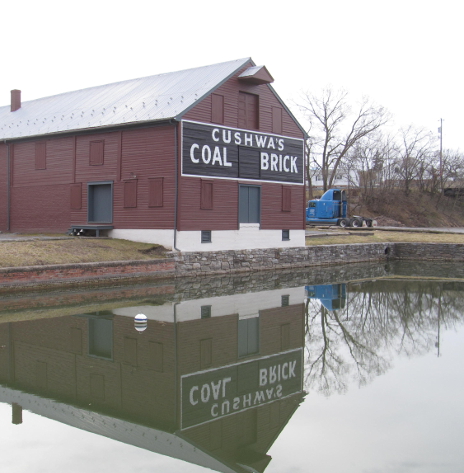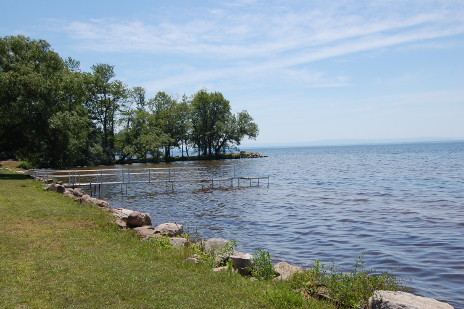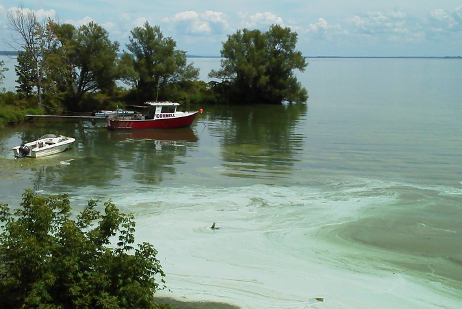Photos of Lakes Before and After Algal Blooms
Algal blooms hurt wildlife, spoil recreation and can be toxic to people and animals. The following photos show lakes and ponds around the country that have been affected by algal blooms.
Harlem Meer, New York
New Yorkers and tourists love Harlem Meer for catch-and-release fishing and waterside strolling, but summertime algal blooms can kill off the fish and cause a stink that drives people away. Wildlife like herons and turtles are also harmed by these blooms.
Lake Hodges, California
Lake Hodges is a reservoir in southern California used for drinking water and irrigation as well as recreation like fishing, boating and hiking. Algal blooms here have not only spoiled outdoor activities but at times have caused local utilities to stop drawing water until the algae clears.
Lake Erie, Ohio
Lake Erie is the warmest and shallowest of the Great Lakes, which makes it susceptible to algal blooms. It is also a source of tap water to the region. In 2014, a toxic algal bloom in the lake's western basin forced Toledo, Ohio, to issue an advisory to over half a million people, telling them to avoid all contact with their tap water.
Shelburne Pond, Vermont
Shelburne Pond is just 10 miles from Burlington, Vermont, and is used for fishing, boating and hiking. Excess nutrients in the pond cause algal blooms that deter people from enjoying this scenic waterbody.
Cushwa Basin, Maryland
Cushwa Basin, in Williamsport, Maryland, greets hikers, joggers and cyclists along the C & O Canal Towpath. Bad odors produced by algal blooms drive people away and keep them from enjoying views of the historic barn and other nearby landmarks.
Oneida Lake, New York
Oneida Lake is a popular vacation spot in New York. Toxic algal blooms, which can cause skin and eye irritation to people and kill dogs, have closed beaches here to swimmers and boaters, disrupting tourism and hurting local businesses. Some years, beaches on Oneida Lake have been closed for all but just a handful of days due to algal blooms.
*All photos used with permission from the photographer or through a Creative Commons license.

